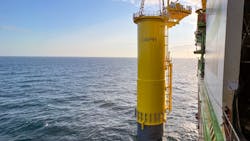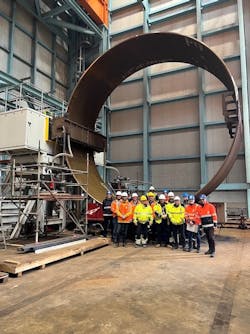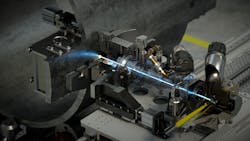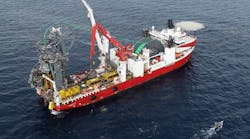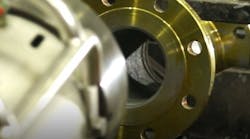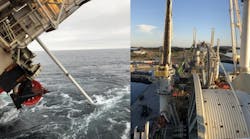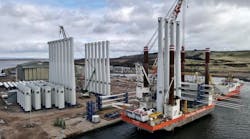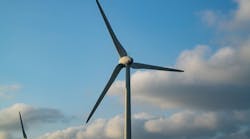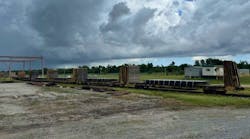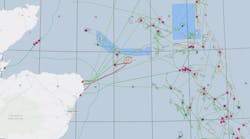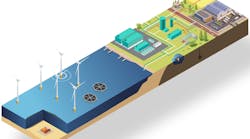Offshore staff
Cambridge Vacuum Engineering (CVE) has developed the Ebflow welding technology; instead of welding inside a vacuum chamber, Ebflow employs a local vacuum system that creates and maintains a vacuum solely around the seam being welded.
Traditionally, fabrication of monopiles has involved use of techniques such as submerged arc welding. However, a consortium of SSE Renewables, Sif Group, TWI and CVE claims electron beam (EB) welding is 25 times quicker, costs 88% less, is more energy efficient and delivers high-quality welds with good fatigue properties.
Their project entailed installation of an Ebflow system at Sif’s Maasvlakte 2 complex in Rotterdam to perform several longitudinal welds on 2,750-mm length seams on 8-m diameter rolled cans with a wall thickness of 67 mm to 85 mm.
Qualification of the welding machine, weld procedures and operators were witnessed by third-party inspectors and DNV, which has since issued a technology qualification for EB welding and non-destructive testing of the longitudinal seams produced.
The resulting can was included in the Dogger Bank monopile transition piece in January and should be installed offshore in late 2023.
Dogger Bank wind farm is a joint venture between SSE Renewables, Equinor and Vårgrønn, with three 1.2-GW construction phases. It should start generating power this summer.
05.12.2023
